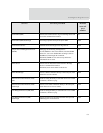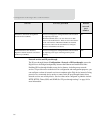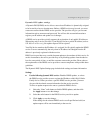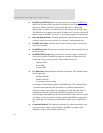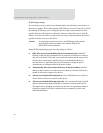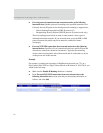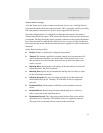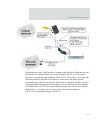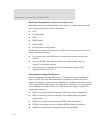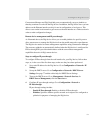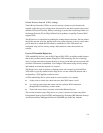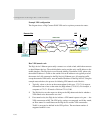
93
Configure Digi devices
Socket tunnel settings
A Socket Tunnel can be used to connect two network devices: one on the Digi device’s
local network and the other on the remote network. This is especially useful for providing
SSL data protection when the local devices do not support the SSL protocol.
One of the endpoint devices is configured to initiate the socket tunnel. The tunnel is
initiated when that device opens a TCP socket to the Digi device device on the configured
port number. The Digi device then opens a separate connection to the specified destination
host. Once the tunnel is established, the Digi device acts as a proxy for the data between
the remote network socket and the local network socket, regardless of which end initiated
the tunnel.
Socket Tunnel settings include:
Enable: Enables or disables the configured socket tunnel.
Timeout: The timeout (specified in seconds) controls how long the tunnel will
remain connected when there is no tunnel traffic. If the timeout value is zero,
then no timeout is in effect and the tunnel will stay up until some other event
causes it to close.
Initiating Host: The hostname or IP address of the network device which will
initiate the tunnel. This field is optional.
Initiating Port: Specify the port number that the Digi device will use to listen
for the initial tunnel connection.
Initiating Protocol: The protocol used between the device that initiates the
tunnel and the Digi device. Currently, TCP and SSL are the two supported
protocols.
Destination Host: The hostname or IP address of the destination network
device.
Destination Port: Specify the port number that the Digi device will use to
make a connection to the destination device.
Destination Protocol: This is the protocol used between Digi device and the
destination device. Currently, TCP and SSL are the two supported protocols.
This protocol does not need to be the same for both connections.



